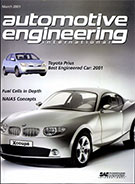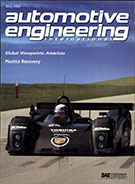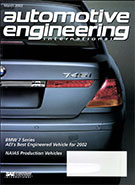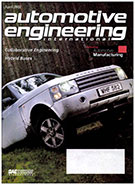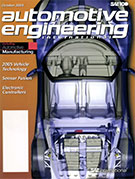Magazine

Aerospace & Defense Technology: May 2014
2014-05-01
Simulating lightweight vehicles operating on discrete terrain Researchers characterize the mobility of autonomous reconnaissance vehicles on terrain considered to be deformable, and represented as a collection of bodies of spherical shape.



